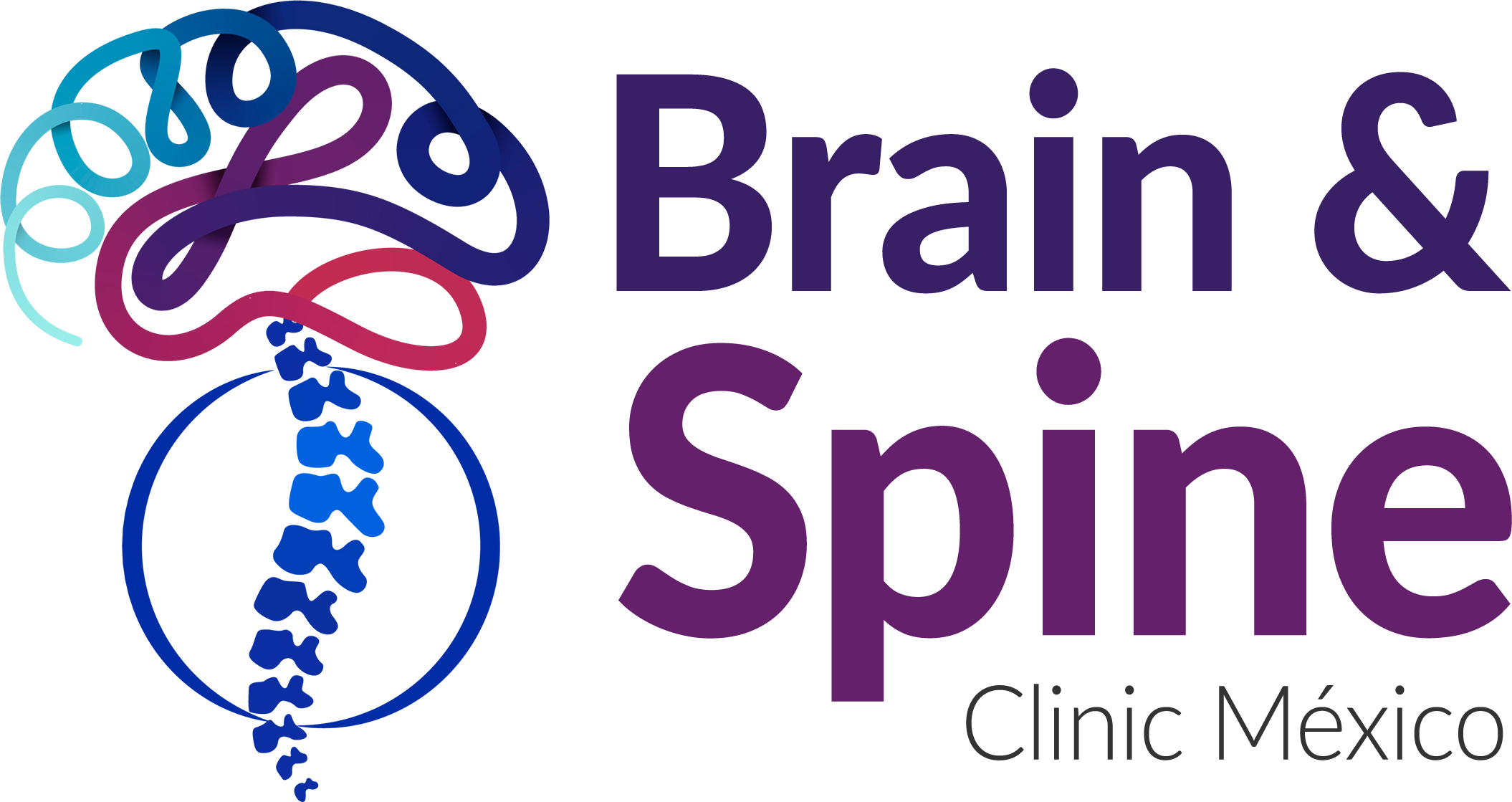Causes of Hydrocephalus
Several factors can lead to hydrocephalus, including:
- Congenital: Some people are born with conditions that affect CSF flow, such as spina bifida or brain malformations.
- Acquired: It can develop after a series of events, such as hemorrhages, infections, traumatic brain injuries, or brain tumors.
Types of Hydrocephalus
There are different forms of hydrocephalus, each with specific characteristics:
- Communicating Hydrocephalus: CSF flow is not blocked, but there is a problem with its reabsorption within the central nervous system.
- Non-communicating Hydrocephalus: Occurs when something blocks CSF flow, such as a tumor, cyst, or congenital narrowing of the pathways.
- Normal Pressure Hydrocephalus: More common in older adults, it is associated with specific symptoms such as walking difficulties, memory loss, and incontinence.
- Congenital Hydrocephalus: Present at birth, it may be due to genetic malformations or problems during fetal development.
- Acquired Hydrocephalus: It can develop at any time in life due to injuries, infections, tumors, or brain bleeding.
Symptoms: How does Hydrocephalus manifest?
Symptoms of hydrocephalus can vary depending on age and severity of the condition. Some common symptoms include:
- In babies: Characterized by an increase in head size (macrocephaly), bulging fontanelle (soft spot), irritability, vomiting, and feeding difficulties.
- In children and young adults: Persistent headaches, nausea, vomiting, vision problems such as blurred vision, and changes in balance, coordination, or behavior.
- In older adults: Walking difficulties (unstable gait or short steps), memory loss and confusion, as well as urinary incontinence.
If you experience any of these symptoms, it is crucial to consult a doctor.
Diagnosis: How do we confirm Hydrocephalus?
The diagnosis usually begins with a detailed clinical evaluation and a combination of neurological imaging exams, such as a CT scan, which is useful for identifying CSF accumulation. MRI provides a more detailed view of the ventricular system and possible causes of obstruction. In some cases, additional tests such as lumbar drainage or infusion tests are needed to assess the patient's response.
Treatment: Available Options
The management of hydrocephalus focuses on restoring CSF balance.
The most common treatment is ventriculoperitoneal shunting. It involves placing a tube (shunt) that redirects excess CSF from the ventricles to another part of the body, such as the abdomen, where the fluid can be reabsorbed. This procedure is usually performed under anesthesia and can significantly improve the patient's quality of life.
Another minimally invasive therapeutic option that creates an alternative pathway for CSF flow, avoiding the need for a shunt in some cases of obstructive hydrocephalus, is endoscopic third ventriculostomy (ETV).
In selected cases, medications that reduce CSF production can be temporarily useful. If hydrocephalus is secondary to an infection, tumor, or bleeding, addressing the primary problem is crucial.
Regular follow-up with a neurologist or neurosurgeon is essential, as complications may arise, or the shunt system may need adjustments over time.
Prognosis: What to Expect?
With appropriate treatment, most patients with hydrocephalus experience significant improvement in their symptoms. However, some may require long-term monitoring or adjustments in their treatment, especially if they have a shunt.
Conclusion
Living with hydrocephalus can present challenges, but with the right treatment and continuous follow-up, many patients can lead full and active lives. It is essential to educate yourself about the condition, maintain open communication with healthcare professionals, and seek support in patient groups if needed. If you have more questions about hydrocephalus, feel free to contact me or seek specialized guidance.

